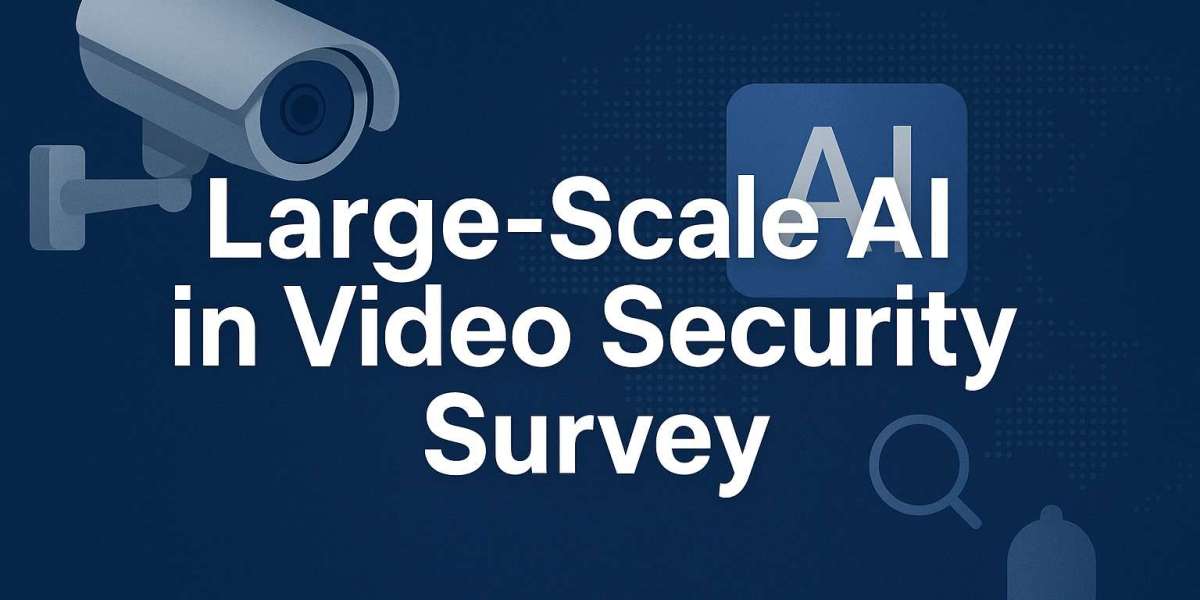Artificial intelligence is reshaping the video security industry at an extraordinary pace. Today, AI-enabled cameras are a driving force in both the physical security and IoT markets. Leading the way is Hikvision, whose large-scale AI models—such as Guanlan—are redefining how video streams are interpreted. These innovations enable advanced features like natural-language video search, delivering unprecedented efficiency and intelligence.
The Rise of Large-Scale AI
Adoption of AI has been steadily increasing over recent years, with more professionals now turning their attention to large-scale models. Unlike conventional AI, these systems leverage vast multimodal datasets and transformer-based architectures to not only identify objects and events, but also interpret their relationships and contexts. The result is the ability to detect subtle anomalies and nuanced behavioral shifts that rule-based systems often miss. The question is no longer if large-scale AI will enter security workflows, but how soon and how broadly it will become standard practice.
Insights from the Industry Survey
To explore these developments, Hikvision partnered with asmag.com to conduct a comprehensive industry survey. The findings highlight both the strong momentum behind large-scale AI and the challenges organizations face when deploying it at scale.
- 55% of respondents report that they already use large-scale AI models.
• 20% plan adoption within the next 12 months, potentially pushing uptake to around 75% in the near term.
• 52% consider it “very important” for the future of video security, with another 26% calling it “important.”
While barriers such as cost (60%) and compliance (57%) remain concerns, these factors are not significantly slowing down adoption
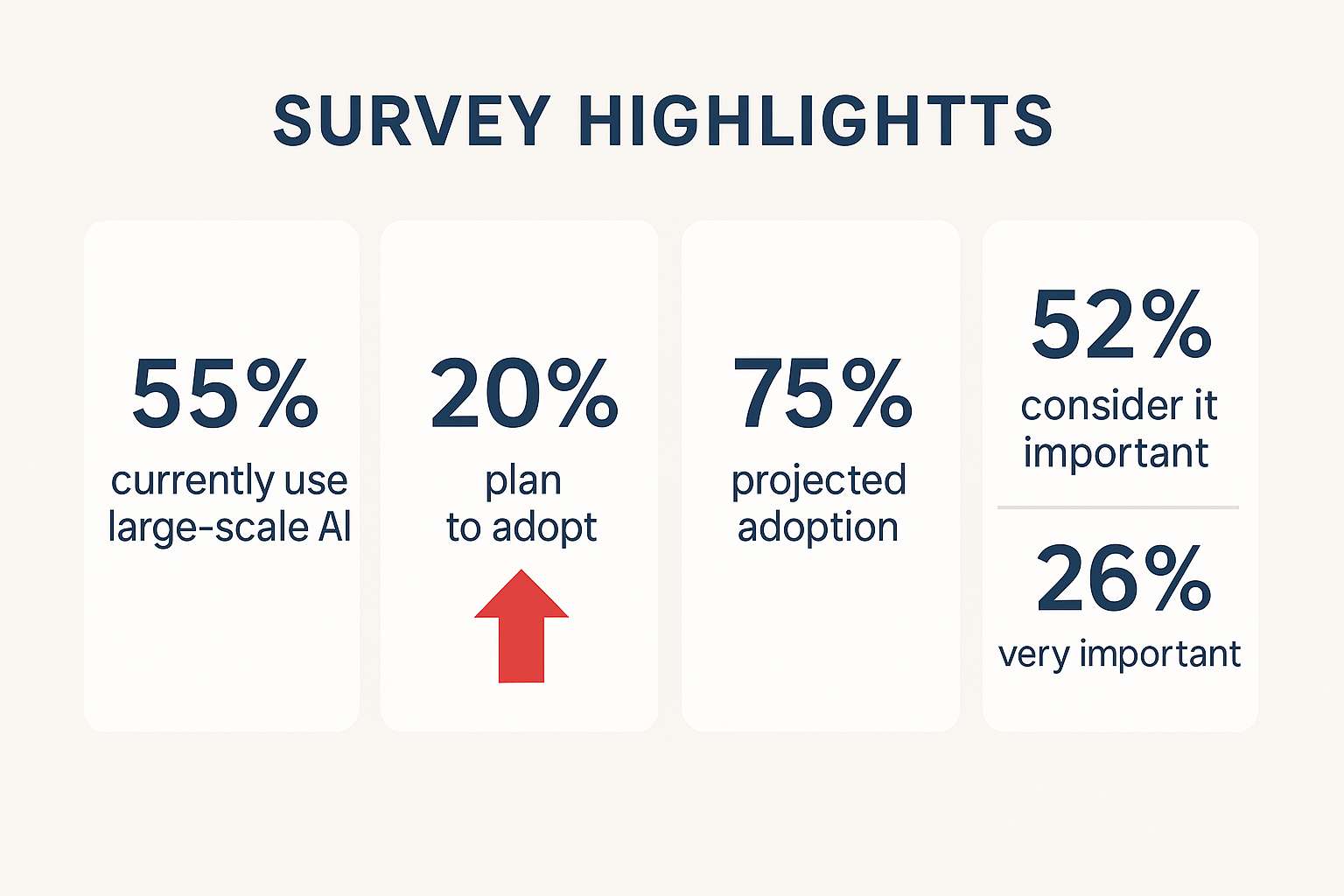
Figure 1. Survey Highlights: adoption now (55%), planned (20%), projected (75%).
How Large-Scale AI Tackles Pain Points
Survey participants strongly associate large-scale AI with long-standing challenges in security operations. Top benefits include improved efficiency, reduced human error, and better user experience. The areas with the greatest potential include natural-language video search, high-accuracy object and event detection, and faster real-time response.
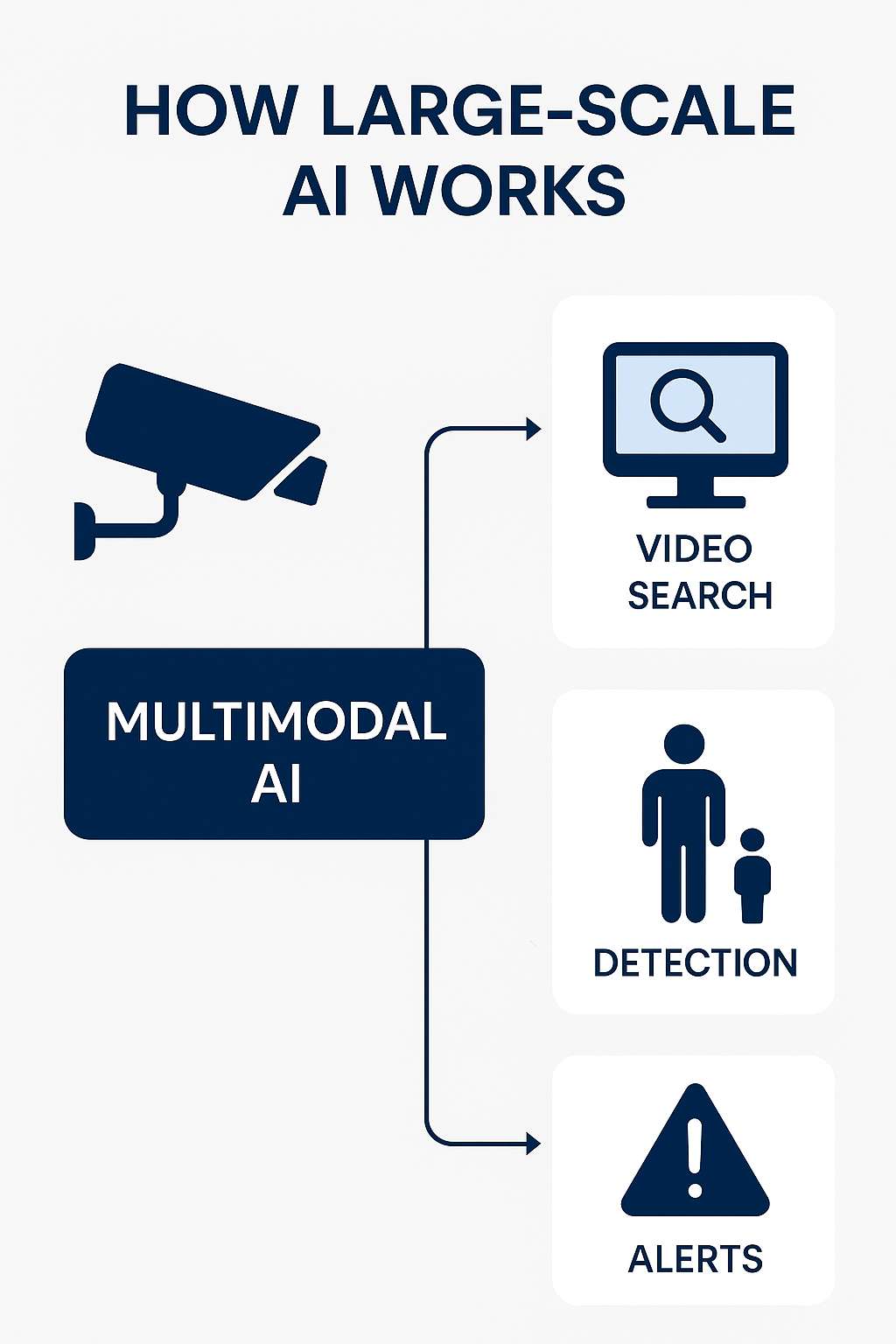
Figure 2. How large-scale AI works: video input → multimodal AI → search, detection, alerts.
High-Impact Verticals
Over half of respondents (51.2%) believe critical infrastructure will benefit most from AI adoption, highlighting its value in environments where monitoring scale is vast and error tolerance is minimal. Other promising verticals include transportation (40.3%) and industrial/manufacturing (38.5%). Retail (21.6%) is seen as slower to adopt due to cost considerations, but AI’s impact will eventually touch nearly every vertical.
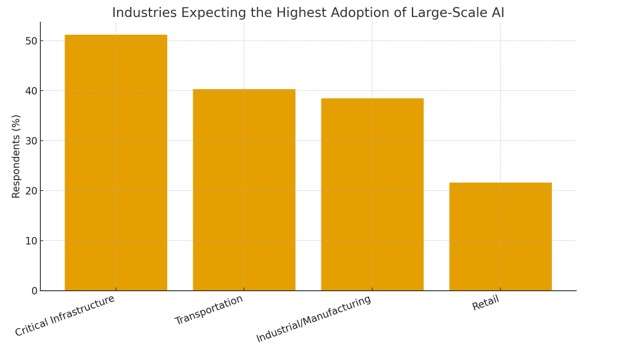
Figure 3. Expected adoption by vertical: critical infrastructure, transportation, industrial/manufacturing, retail.
A real-world example is the Jogja National Museum in Indonesia, where Hikvision’s AI-powered AcuSeek enabled rapid incident search and intelligent alerts, cutting response times and enhancing asset protection.
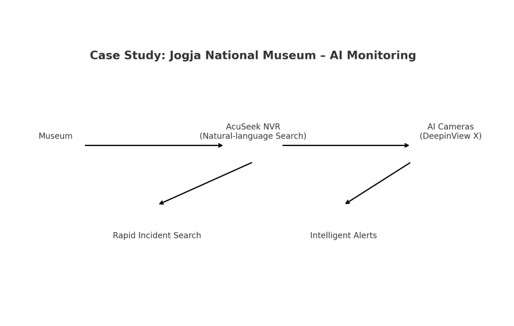
Figure 4. Case study schematic: Museum ↔ AcuSeek ↔ AI cameras with rapid search and alerts.
Adoption Challenges and Regional Differences
Key barriers to widespread adoption include high costs (60%), privacy and compliance (57%), and legacy-system integration (53%). Cost concerns are most prominent in Asia (78.9%), while privacy and compliance dominate in Europe (81.1%). Technical understanding (33.1%) and user skepticism (18%) are notable but secondary challenges, and are likely to diminish as deployments increase.
The Outlook: From Promise to Reality
Although challenges persist, large-scale AI is steadily gaining traction across industries. With solutions like Guanlan, Hikvision is applying large-scale AI across visual, linguistic, and multimodal domains to support tasks from perimeter defense to advanced object detection. The technology’s adaptability reduces false alarms, enhances decision-making, and introduces new levels of automation. The future of security will hinge on balancing innovation with practical realities—particularly cost and compliance—but the path forward is clear: large-scale AI is becoming the foundation of next-generation security architectures.
